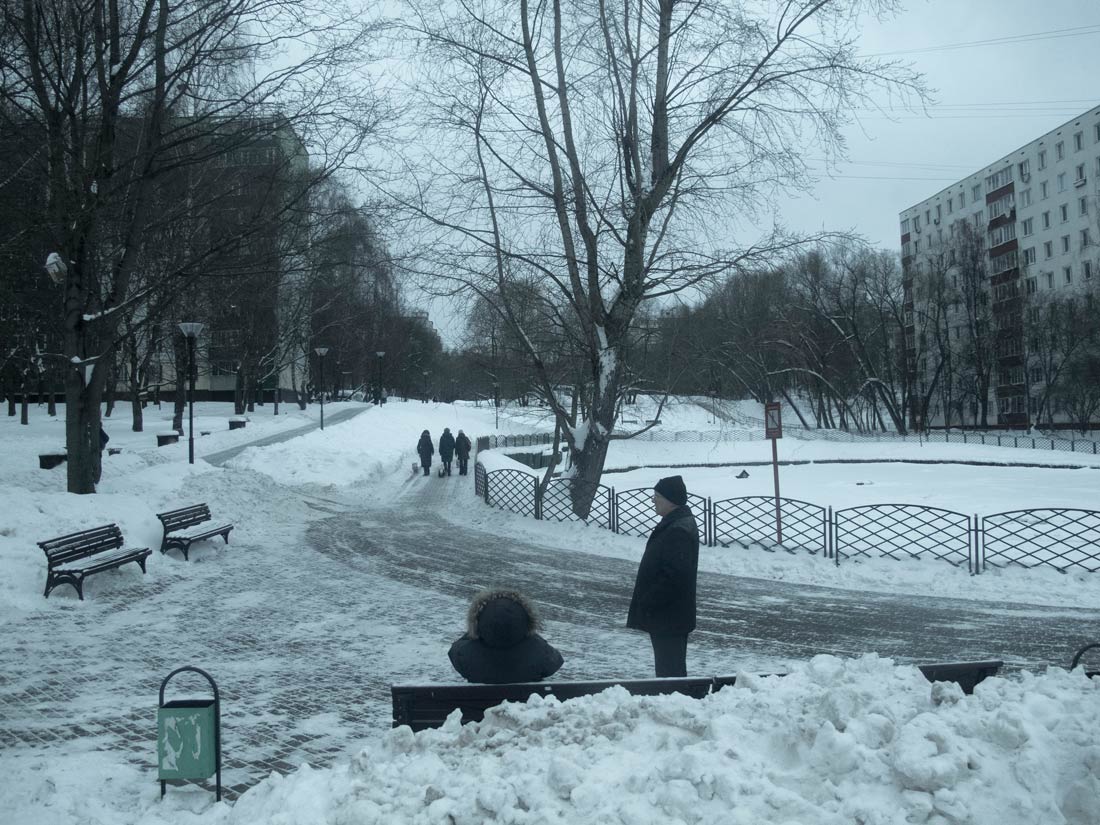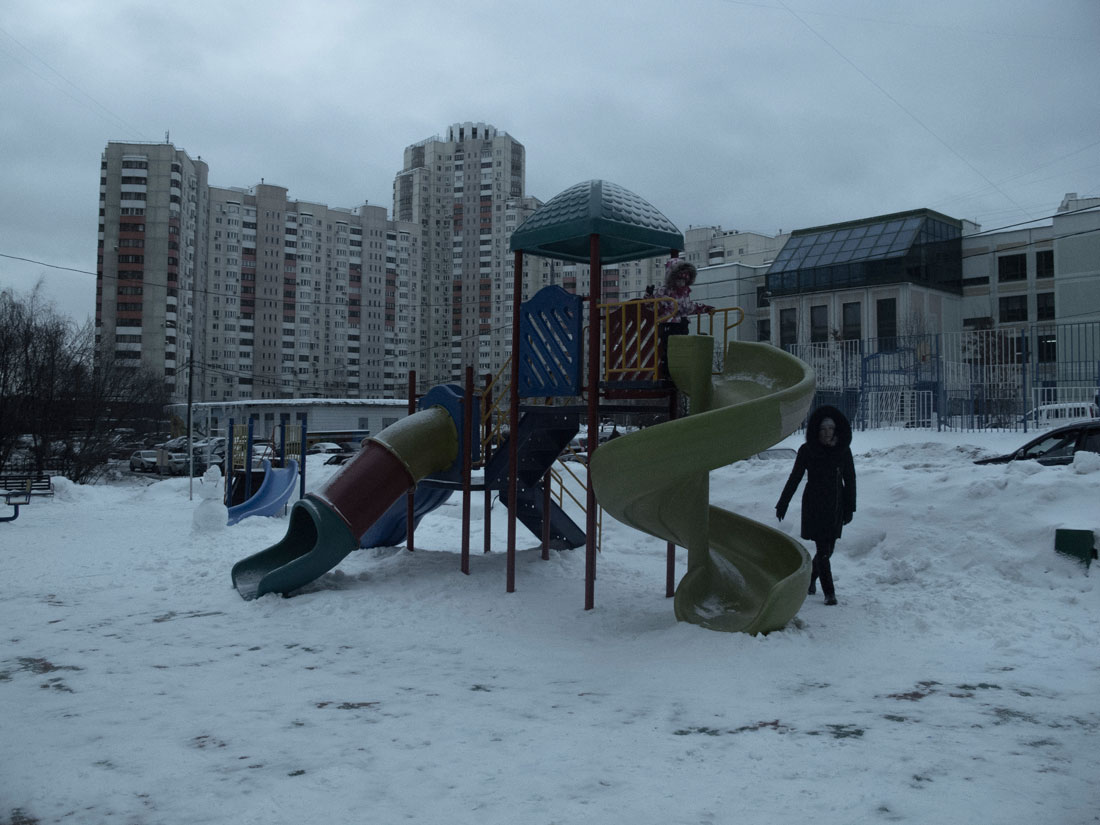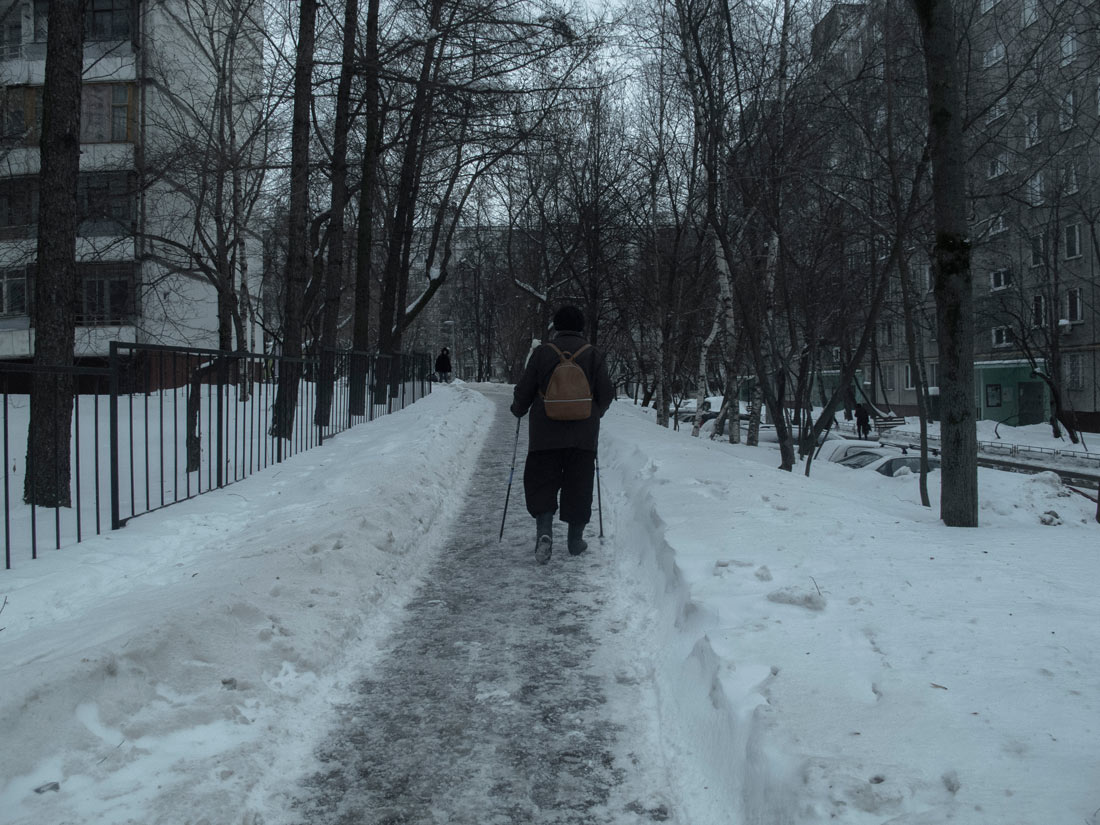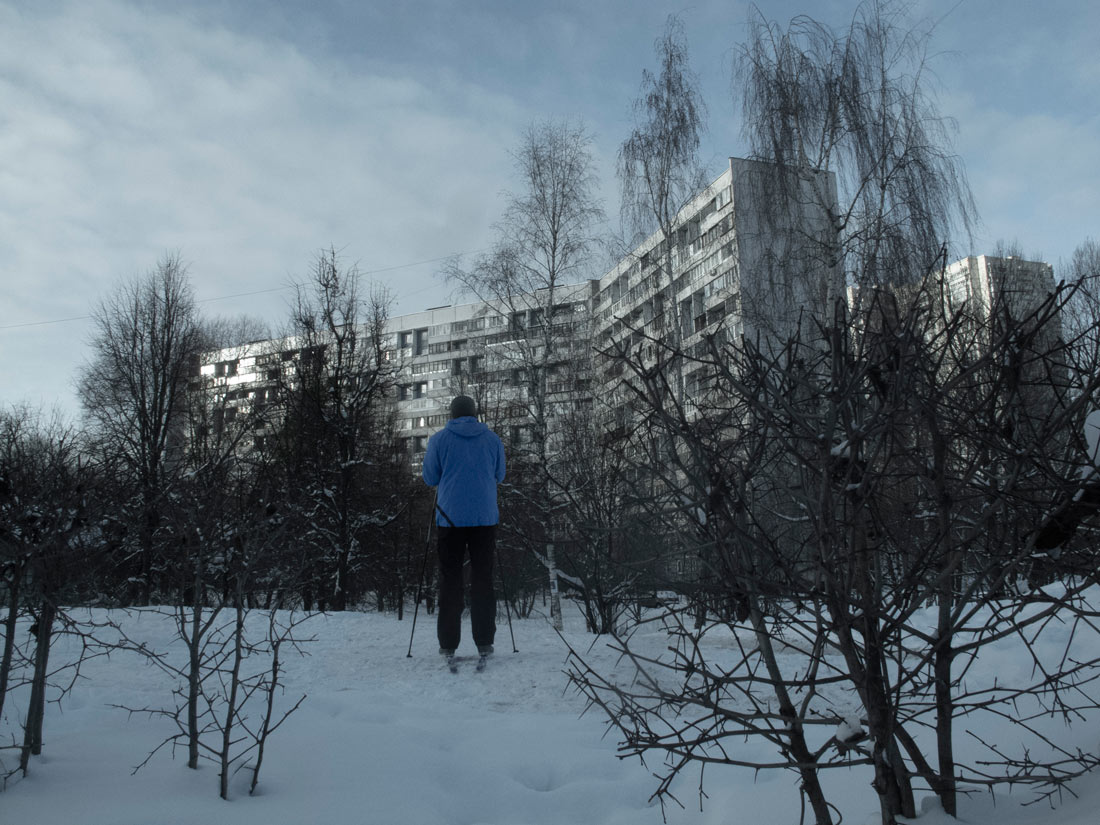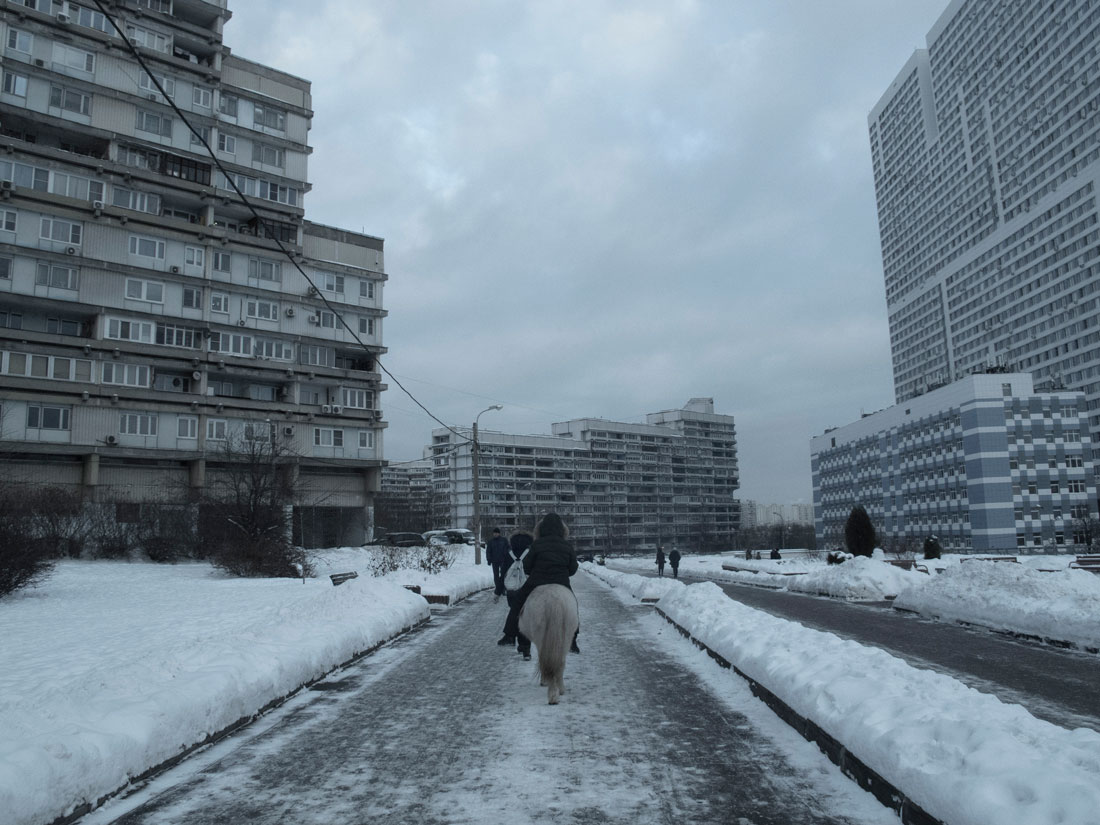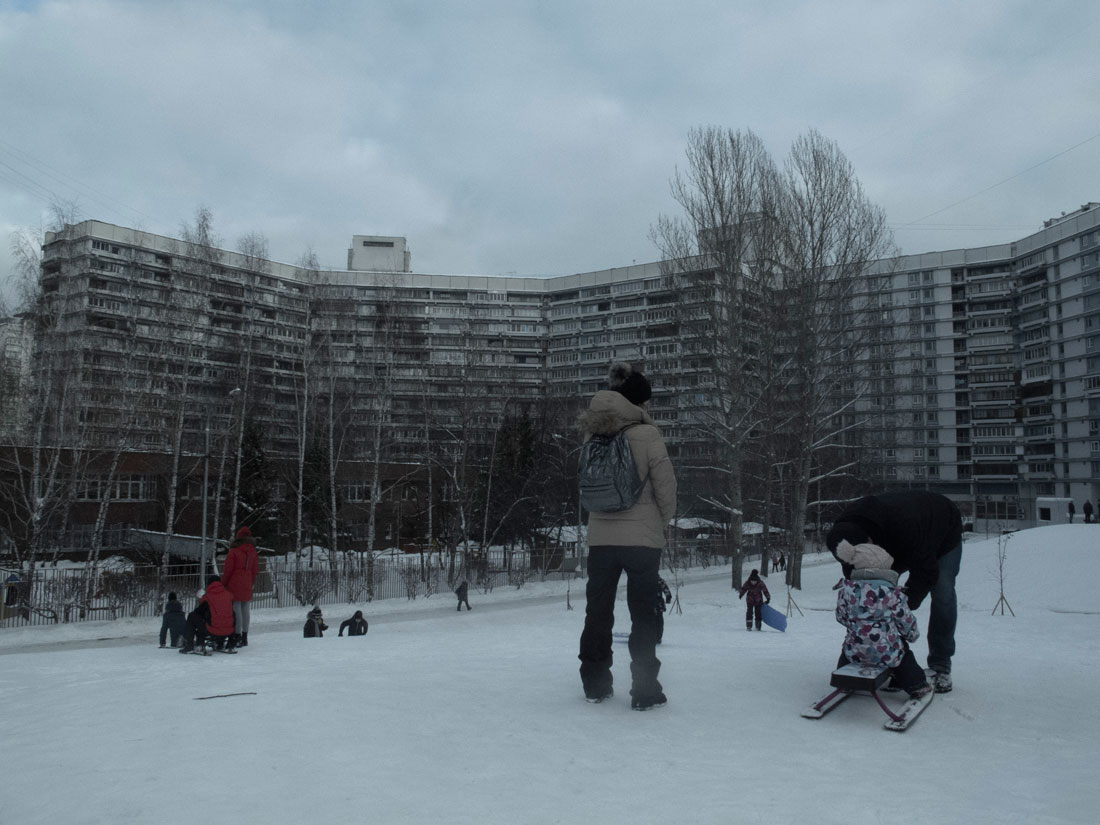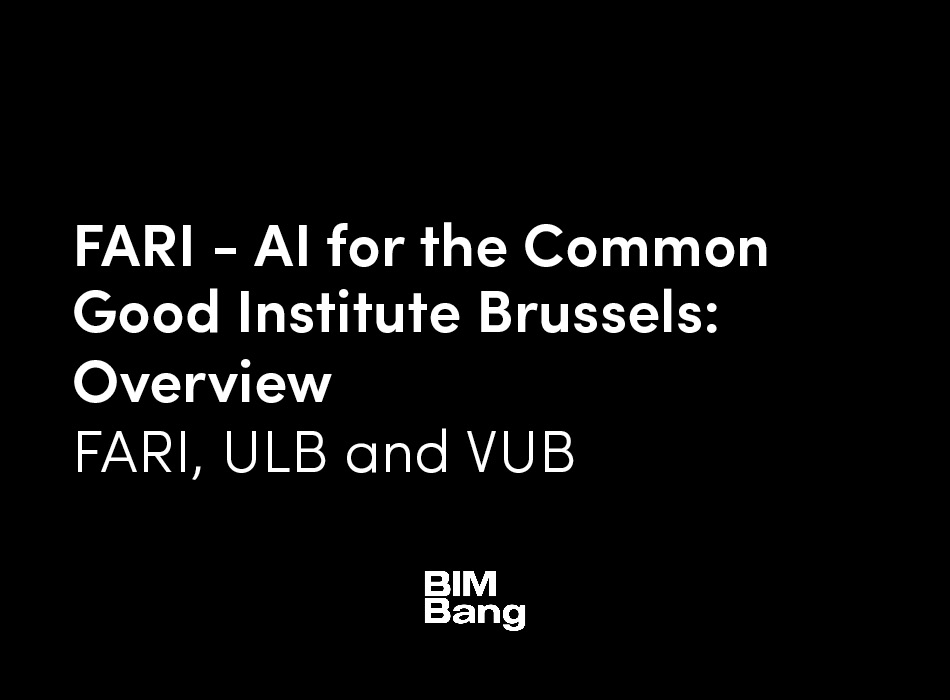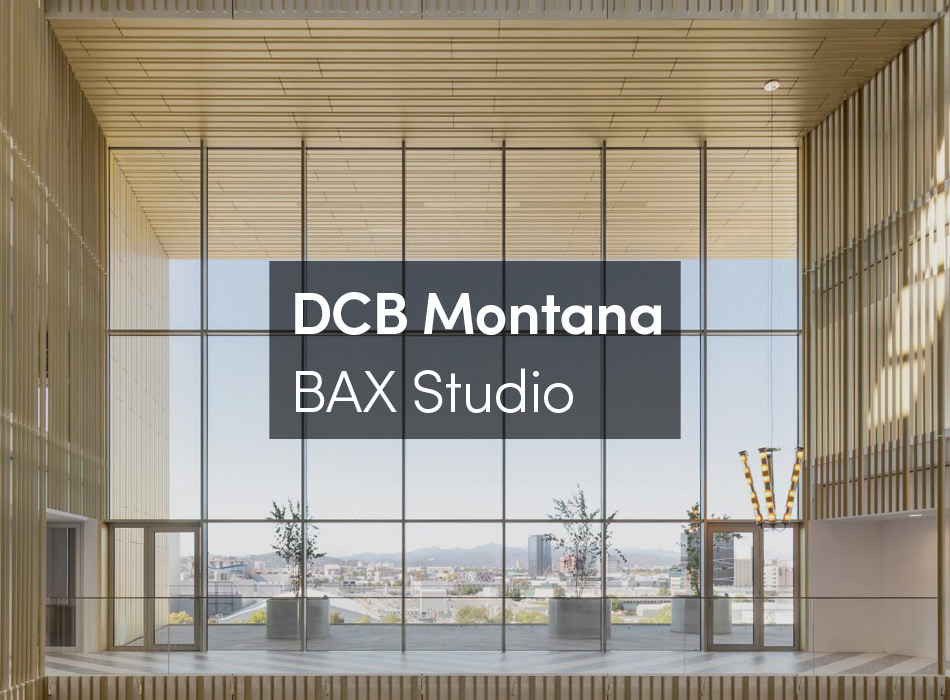Belyayevo and Chertanovo Severnoye Microdistricts in Moscow offer different approaches to similar housing demands that Russian cities faced during the Soviet era. Belyayevo was developed under the mandate of Khrushchev in the 1950s with five-level buildings called “khrushchevki” that had bad construction quality but offered single apartments and green spaces, breaking with the typology of the communal dwellings from previous decades (Expatica, 2019) (Snopek, 2013). On the other hand, Chertanovo Severnoye was also created in a period of transition and improvement during the Brezhnev mandate in the 1980s, but it offers a radically different urban and architectural scheme with taller and bigger buildings, different types of apartments and larger open spaces (Hatherley, 2015). Due to their similar ideological and functional determination of space, and their different urban and architectural approaches, these two scenarios can be perceived as a laboratory for understanding the tensions and relations between the structural elements that shape and define the use of the space, such as the urban layout itself, the furniture and the facilities, and the capacity of agency for their inhabitants to resignify, appropriate, resist, and discover their environment through different practices, tactics and strategies in their everyday lives (de Certeau, 1980) (Franck & Stevens, 2007).
To conduct my research, I focused on exploring the “open space” in between the housing dwellings during two Sundays afternoons, on January 13 and 19, to perceive the different practices that these areas allowed or neglected with regard to the inhabitants and how these urban configurations influenced my perception. What are the practices that occur in them? Do they occur in both districts, and what are the differences between them? What is the relationship between the urban environment and the people who inhabit it? How do these characteristics reflect on my experience and the experience of the inhabitants?
To begin with, we can address the concepts of porosity and scale. While Severnoye Chertanovo is composed of isolated elements that can be easily identified by the user, Belyayevo is perceived as a “folded environment“ with different layers of original elements, such as the vegetation and the buildings, and the addition of new elements, such as fences, to the space. In terms of scale, Chertanovo Severnoye is defined by larger buildings with different volumes that recreate a landscape of “mountains and valleys”, while Belyayevo is composed of small identical buildings, which generates a contained environment similar to a small forest. The buildings in Chertanovo Severnoye materialize the concept of “bigness” and “icons” (Koolhaas, 1998). They stand alone, separate from each other, and their scale makes people look particularly small, increasing the tensions between what I have decided to conceptualize as “passive collectiveness” – represented by the thousands of windows that are visible from a defined space – and the presence of pedestrians. The open space, the area outside of the buildings, could be described in this case as “loose space” because of its accessibility, the freedom of choice it represents and the ways in which the inhabitants challenge its functions such as playing sports, playing, walking and grouping (Franck, K. A., & Stevens, Q. 2007). Belyayevo, on the contrary, offers a nonrecognizable “form” in its buildings, and the “passive collectiveness” is hidden behind layers of trees. Furthermore, open spaces in this district have recent fences and clear paths that do not invite unexpected or unplanned behavior.
In terms of borders and practices, it is necessary to point out that the two districts are separated by Bittsevskiy Park. Nevertheless, Severnoye Chertanovo has no barriers that differentiate its public spaces from the park, while Belyayevo has a street that does not allow this continuity. Because of this urban decision, skiing is an activity that happens in the core of the housing apparatus in Chertanovo, whereas the inhabitants from Belyayevo have to walk to the park. This low definition of borders on one side and their institutionalization on the other creates a strong social contrast between the possibility of the owners, which is reflected in the routines and practices of the inhabitants. Skiing, horseback riding, playing in the snow occur in Chertanovo, whereas more domestic habitus such as walking dogs, walking to stores and playing football on a closed field take place in Belyayevo. The low definition of these borders in Chertanovo creates a hybrid and playful space that encourages practices that can transgress the physical and social borders, while the clear markings made with paths, fences and signs in Belyayevo does not promote unexpected events, nor does it challenge the imaginations of the inhabitants.
The presence of snow in both cases also exposes the capacity of this temporary agent to transform the social structure and create communities around this phenomenon. Through the use of devices for sliding, the inhabitants can interact with the landscape and add new meanings to some areas of the district that can be inactive during other periods of the year. Playgrounds and benches have much lower success rates, since I saw most of them empty – possibly because of their newness, which has not yet allowed people to integrate them into their routines. It could also be because the context is not adequate for the activity these infrastructures promote. Another possibility to understand the impact of the urban landscape in the practice of play would be to recognize the importance of unplanned areas in urban planning, which users can appropriate and use as an escape valve to absorb and promote exceptional uses of the city.
To conclude, we can assert that the uniqueness, the hybrid limits with the park, and the nonhuman scale in Chertanovo transform the users’ experience into a physical and semantical challenge to rethink the existing meanings of their environment. Belyayevo was planned as a communitarian neighborhood, in which the interactions between people in public space could counter the defects of the apartments. Nevertheless, the urban and architectural structures allow less participation from users, creating a different outcome that may run counter to the initial social ambition in the future. Through this comparison, we can therefore understand the relevance of the relationships between structure and agency and the possible factors that encourage or diminish them. “Where there’s nothing, everything is possible. Where there is architecture, nothing (else) is possible,” stated Rem Koolhaas in his text “Imagining Nothingness” in 1985. Without being absolutely true, these words acquire different meanings in these two scenarios.





